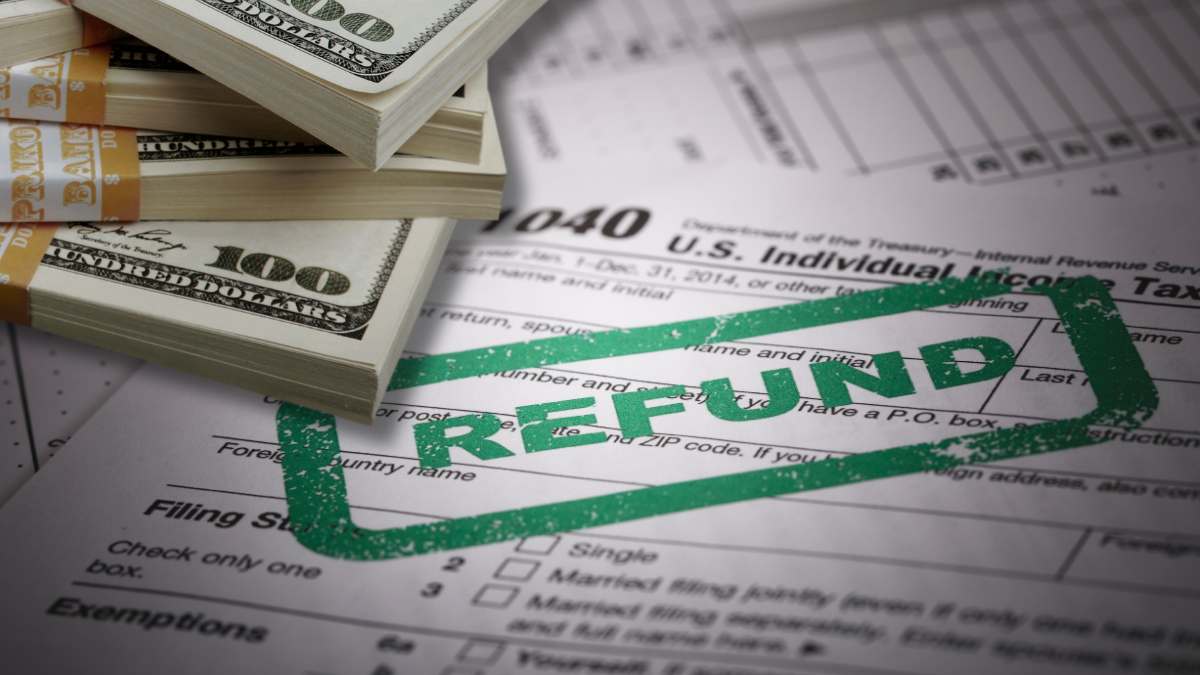Thousands of taxpayers have yet to receive their 2025 tax refunds. Although the IRS processes most electronic returns in less than 21 days, multiple factors have caused delays, including errors in returns, identity verifications, and adjustments to payment methods.
The IRS maintains that 90% of cases are resolved within the standard timeframe, the usual 21 days. However, returns with claimed tax credits, such as the EITC or ACTC, require mandatory anti-fraud reviews, extending the timeframe to up to 60 days in some cases.
Main causes of delayed tax refunds in 2025
Errors or incomplete information top the list. Omissions such as incorrect Social Security numbers, erroneous calculations, or missing signatures require manual reviews. These processes can add up to six weeks to processing time, according to internal IRS reports.
Tax returns claiming tax credits are subject to systematic delays. “Credits like the EITC have specific eligibility requirements,” a spokesperson explained. This involves cross-referencing data with other agencies, which slows down the issuance of refunds.
Identity verification is another factor the tax agency takes very seriously, because, after all, it’s about money. The IRS has stepped up its reviews in response to the rise in fraud. If it detects discrepancies in reported income versus official records, it can freeze the refund until the taxpayer’s identity is confirmed.
Other instances of delays in your IRS refunds
Returns with large refunds (over $10,000) or atypical deductions are flagged for additional review. This process, which compares the return with the taxpayer’s historical averages, adds up to 45 days of waiting time depending on the complexity.
It could also be because, starting in November, the IRS eliminated paper checks. Errors in bank accounts, such as incorrect routing numbers or closed accounts, require rescheduling payments. Updating information can take up to three additional weeks and delay payment even beyond that time.
How to find out where your tax refund is
The Where’s My Refund? tool on IRS.gov displays daily updates. It requires Social Security number, marital status, and exact refund amount. “It’s the most reliable source,” said one tax agent.
The IRS2Go mobile app replicates these features. It also allows you to receive push notifications. For paper returns, the initial processing time is six weeks, but it currently exceeds eight weeks in many states.
There are states with “exclusive” delays, so to speak
In North Carolina, the closure of PrintTech, the official check provider, resulted in a delay of 400,000 state refunds. Officials are working with banks to enable direct deposits and mitigate the impact.
The migration to 100% electronic payments, completed by 2025, aims to reduce costs and errors. However, 12% of taxpayers still do not have digital payment methods, according to data from the Department of the Treasury.
But at the federal level, an 11% cut in IRS staff, implemented in March 2025, reduced processing capacity. The workload per agent increased by 18%, according to a GAO report, extending wait times.




